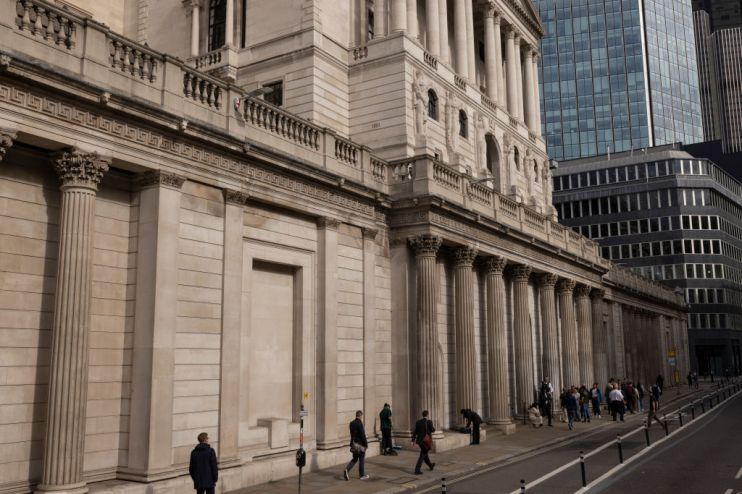Analysis: Bank of England averts market spiral, but pressure remains

Hat tip to Mel Stride, Tory MP and chief of the treasury committee, for asking the Bank of England to explain why they launched an emergency support package for the UK debt market last week.
If he hadn’t, we wouldn’t know there was a “self-reinforcing spiral” – how deputy governor at the Bank Jon Cunliffe put it, who responded to Stride – that could have forced some funds pensions are invested in to go to the wall.
Again – and this can’t be stressed enough – the Bank of England has not spent or will not lose £65bn of taxpayers’ money.
This is new money, freshly created on the computers at Threadneedle Street used specifically to unravel pressures in the long-dated UK gilt – a government bond – market.
In fact, the Bank has got nowhere near maxing out the £5bn a day cap on bond purchases. It’s only hoovered up around £3.5bn worth of gilts and has purchased none for a couple days.
Despite reluctance to deploy the scheme’s full fire power, gilt yields have dropped from their post-mini-budget highs.
But, they are climbing again. 2s, 5s and 10s gilt yields are up more than 15 basis points today.
In fact, the Bank has outright rejected offers from investors to buy their bonds, meaning it’s clearly unwilling to buy at any price.
This likely reflects the “whatever it takes” principle. Markets know the Bank will, if pushed, step in.
That expectation means traders know there’s a limit to how far bond prices can fall (they move inversely to yields), so any sell off will eventually run out of steam.
UK borrowing costs have risen faster than US and eurozone

But, what Cunliffe reveals is just how forcefully the Bank was pushed into action to tame last week’s bond market turmoil.
Plummeting bond prices triggered a wave of creditors to demand funds pension managers had investors to sling over cash to cover their losses immediately. That prompted what resembled a fire sale that could have rippled through the UK financial system.
“It was likely that these funds would have to begin the process of winding up the following morning,” Cunliffe said.
The Bank has two main aims: keep inflation at two per cent and maintain financial stability.
It certainly achieved the latter with its swift action last week. What happens after the package ends on 14 October is another matter.